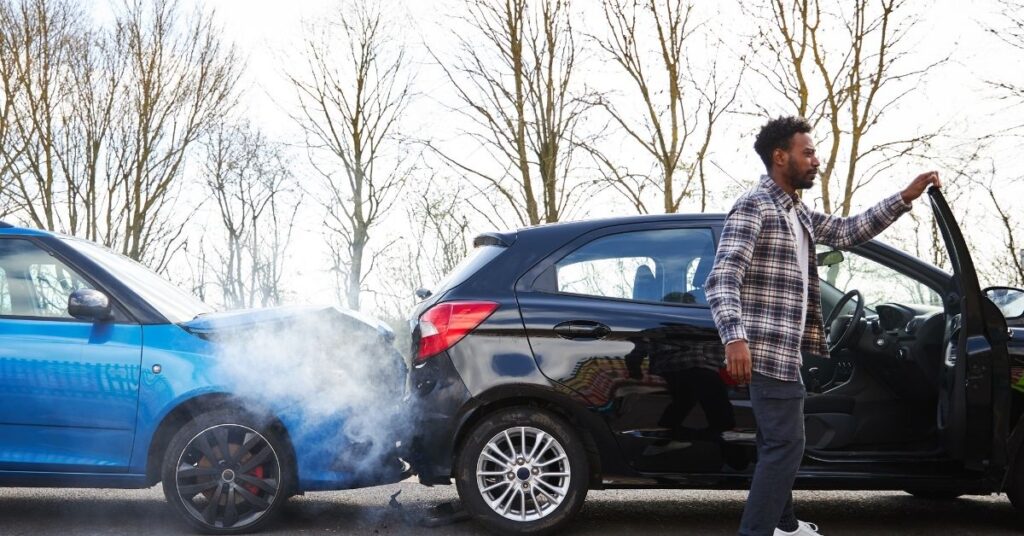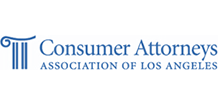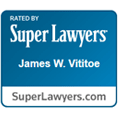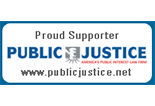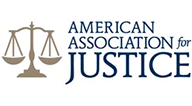California’s busy freeways—especially I-5, I-405, and Highway 101—are notorious for multi-vehicle pileups. Morning fog in the Central Valley, sudden brake lights near Los Angeles interchanges, or a single distracted driver can trigger a cascade of impacts involving dozens of cars within seconds. These chain reaction crashes may leave multiple people with serious injuries. If you’re critically hurt after a California chain reaction crash, finding the right laywer is essential for protecting your legal rights.
These “chain-reaction crashes” leave victims facing serious injuries, skyrocketing medical bills, and one big question: Who is financially responsible?
Below, we explain how liability is determined, what evidence is critical, and why fast legal action matters in these complex cases.
Why Chain-Reaction Crashes Happen
Pileups occur when one collision sets off a series of subsequent crashes. Common triggers include:
-
Low Visibility: Fog, heavy rain, or wildfire smoke can reduce reaction time.
-
High Speeds and Tailgating: Drivers traveling too fast or following too closely can’t stop when traffic suddenly slows.
-
Distracted Driving: Texting or in-car screens delay braking.
-
Commercial Trucks: Heavy trucks require longer stopping distances and can crush smaller vehicles.
California’s heavy traffic and dense freeway network make these scenarios common year-round.
The Challenge of Determining Fault in a Chain Reaction Crash
Unlike a two-car accident, a chain-reaction crash may involve:
-
Several negligent drivers
-
Multiple insurance carriers
-
Commercial trucking companies
-
Possibly a government agency if road design or maintenance played a role
California follows a pure comparative negligence system (Civil Code §1714). This means each party is responsible only for their share of fault. For example, if you are found 10% responsible but your damages total $200,000, you can still recover $180,000.
Evidence That Drives a Chain Reaction Crash Case
Reconstructing a pileup requires a rapid and thorough investigation. Key evidence includes:
-
California Highway Patrol (CHP) Collision Reports describing the sequence of impacts.
-
Traffic Camera or Dashcam Footage capturing the chain of events.
-
Event Data Recorders (“black boxes”) which may reveal vehicle speed and braking patterns.
-
Witness Testimony from other drivers, passengers, or bystanders.
-
Expert Reconstruction to model the timing of each collision.
Vititoe Law Group’s legal team often sends immediate preservation letters to trucking companies and public agencies to secure this evidence before it is lost.
Potentially Liable Parties in a Multi-Car Pileup
-
Initial Impact Driver: The motorist who triggered the first crash often bears significant responsibility.
-
Secondary Drivers: Those following too closely or speeding may share fault if they could have avoided impact.
-
Commercial Carriers: Trucking companies may be liable for negligent hiring, maintenance failures, or driver fatigue.
-
Government Entities: Poor signage, inadequate lighting, or dangerous roadway design may create a claim against Caltrans or a local agency (subject to a six-month government claim deadline).
Damages You Can Recover after a Chain Reaction Crash
Victims of chain-reaction crashes may seek compensation for:
-
Emergency and long-term medical care
-
Lost income and diminished earning capacity
-
Pain and suffering
-
Property damage
-
Punitive damages in cases of extreme recklessness (e.g., drunk driving)
Because damages can be enormous and spread among many defendants, early legal representation is crucial to identify all available insurance coverage.
Frequently Asked Questions About California Chain-Reaction Crashes
Who is usually considered “at fault” in a pileup?
Fault is rarely assigned to a single driver. Investigators look for the primary collision—the first negligent act that set off the chain. However, secondary drivers can also be partially liable if they were speeding, distracted, or following too closely to stop in time.
Can I recover damages if I was partly responsible?
Yes. California’s pure comparative negligence system allows you to recover compensation even if you share some fault. Your award is simply reduced by your percentage of responsibility.
Example: If you are found 20% at fault and your damages total $100,000, you may still recover $80,000.
What if a commercial truck was involved?
If a big rig or delivery truck played a role, you may have claims against the driver, the trucking company, the cargo loader, or even the truck manufacturer if equipment failure contributed. Trucking companies are required to carry higher insurance limits, which can significantly increase the potential recovery.
What happens if road design or maintenance contributed?
Poorly maintained roads, defective barriers, or confusing signage can create claims against a government agency such as Caltrans or a city or county. However, California’s Government Claims Act requires that you file a special administrative claim within six months of the crash before you can sue.
How long do I have to file a lawsuit?
For most personal-injury claims, California’s statute of limitations is two years from the date of the accident. If a government entity is involved, you must first file the administrative claim within six months and then file a lawsuit within six months of any formal rejection.
Should I talk to the other drivers’ insurance companies?
No. Insurers may record your statement and use it to shift blame or minimize your payout. Always direct communications to your attorney.
Will my own insurance rates increase if I file a claim?
It depends on your policy and fault determination. If you are not at fault and your insurer successfully recovers damages from other parties, your rates may not increase. Your attorney can guide you through using your own coverage (such as uninsured/underinsured motorist benefits) without jeopardizing your rights.
How much compensation can I expect?
Compensation depends on the severity of injuries, available insurance coverage, and the number of liable parties. A thorough investigation and expert testimony are essential to fully value medical costs, lost income, and long-term effects. Walk through your case with the help of an attorney to learn more.
Take Action Quickly
If you are injured in a multi-vehicle pileup:
-
Seek Immediate Medical Attention – Some injuries (brain trauma, internal bleeding) may not be obvious right away. Prompt care documents your injuries for legal purposes.
-
Call 911 and Obtain a CHP Report – Officers will secure the scene and create a collision report that becomes key evidence.
-
Document the Scene – If safe, take photos of vehicle positions, skid marks, weather conditions, and any roadway defects.
-
Collect Witness Information – Get names and contact details of other drivers, passengers, and bystanders.
-
Contact an Attorney Quickly – A lawyer can send preservation letters to Caltrans, trucking companies, or other parties to prevent destruction of evidence.

